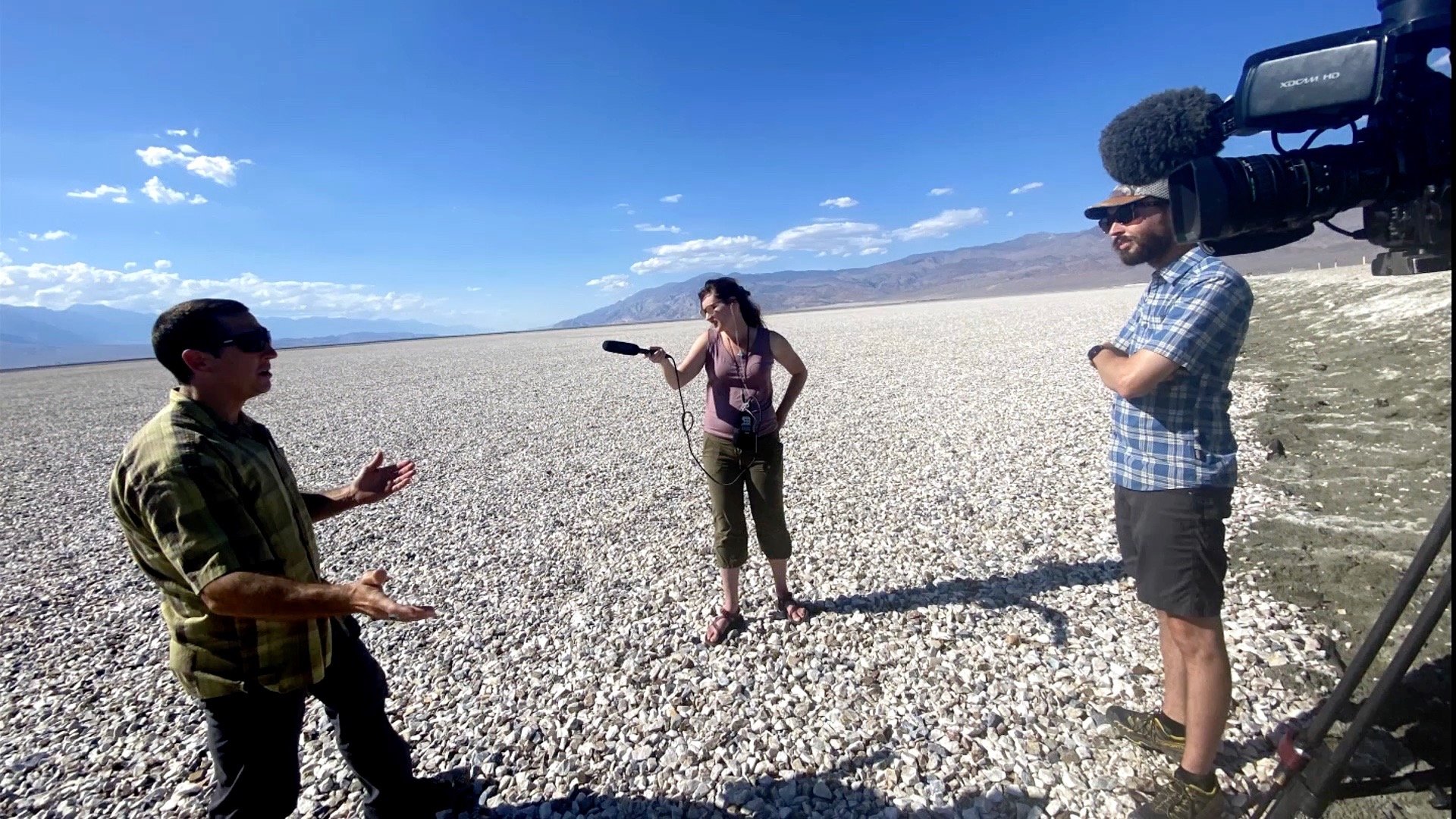Local that Works is ending, but long live local
I’m very proud of what Local that Works, our annual contest recognizing outstanding local public service journalism, has accomplished in six years. We identified innovative examples of local content and engagement projects, and created multiple ways to spread good ideas and inspiration across public media and digital newsrooms.
But, as they say, all good things must come to an end. After producing six contests and Grand Finale events, multiple conference sessions and a dozen webinars, Local that Works is sunsetting.
From the very beginning Current has helped manage and promote the contest. It was the idea of my longtime colleague Mark Fuerst to support public media’s pivot to a more digital, more local orientation in community service. The Wyncote Foundation, which helps to fund Current, backed his proposal and later ideas to expand, adapt and spread the project’s reach.
“I am so appreciative that David Haas and Feather Houstoun [of the Wyncote Foundation] accepted my suggestion to encourage that ‘pivot’ by providing useful, inspirational examples, especially things ‘that worked,’ meaning innovative projects or programs with a discernible impact,” Fuerst said. “We made another good decision in 2018 to open the lens … to the broader field of public service journalism … so we could draw inspiration from a much wider set of service providers.” The expansion invited submissions from members of the Institute for Nonprofit News and LION Publishers. Gather and the Center for Cooperative Media at Montclair State University also helped spread the word to engagement producers and collaborative projects outside of public media.
The Wyncote Foundation has published a new report on the accomplishments and lessons from the project: “Local that Works: Public Media’s Increasing Impact in Local Communities.”
Local That Works held six contests inviting submissions of original local content, engagement and revenue initiatives. The contests drew more than 730 entries from 335 public TV and radio stations, nonprofit newsrooms, ethnic media outlets and digital news startups in 49 states. Their submissions live in a database on Current’s website. It’s worth spending some time searching and sorting and finding inspiration within.
We shared the best of Local that Works at plenary sessions at conferences: the Public Radio Super-Regional Meeting, the Public Media Development and Marketing Conference, the Public Radio Program Directors Conference and PBS TechCon, among others. These sessions were well-attended and received great feedback and high rankings in post-conference surveys. Mark’s attentive, supportive work with the presenters enabled us to produce sessions with a passionate commitment to excellence.
During the pandemic, we did our own pivot to produce a virtual Grand Finale, where the finalists presented videos showcasing their projects to an audience that voted in real time to select the Grand Prize winner. With the Wyncote Foundation’s support, we awarded more than $60,000 in prizes, helping some of our finalists and winners with their own sustainability strategies.
We also hosted and produced a dozen provocative webinars — all of which are archived on Current’s website — on topics such as “Becoming a news go-to” and “Serving Spanish-speaking audiences.” These webinars in total drew more than 2,800 attendees and 1,300 archival views.
When we started this project in 2016, stations were just beginning to adapt to a local service orientation. There was growing awareness that operating as a platform for national programming was no longer enough to sustain their local service and fulfill public media’s mission. But now, many public media stations are engaging with their communities beyond broadcast and cultivating uniquely local identities. When Current surveyed readers a year ago, we asked, “What topics are you most interested in having Current cover?” The number one response was “local programs and initiatives.” Not far behind that was “how we did it stories.” Now that Local that Works is ending, we want to keep its spirit alive. We’re counting on you to let us know about innovative and original local initiatives. There are two ways to do that. You can pitch a “How We Did It” commentary that shares best practices and lessons learned. We love working with frontline public media staff to share their work. Email us at pitch@current.org. For editorial consideration, send news of local initiatives to news@current.org. Keep up the great work! Long live local!





